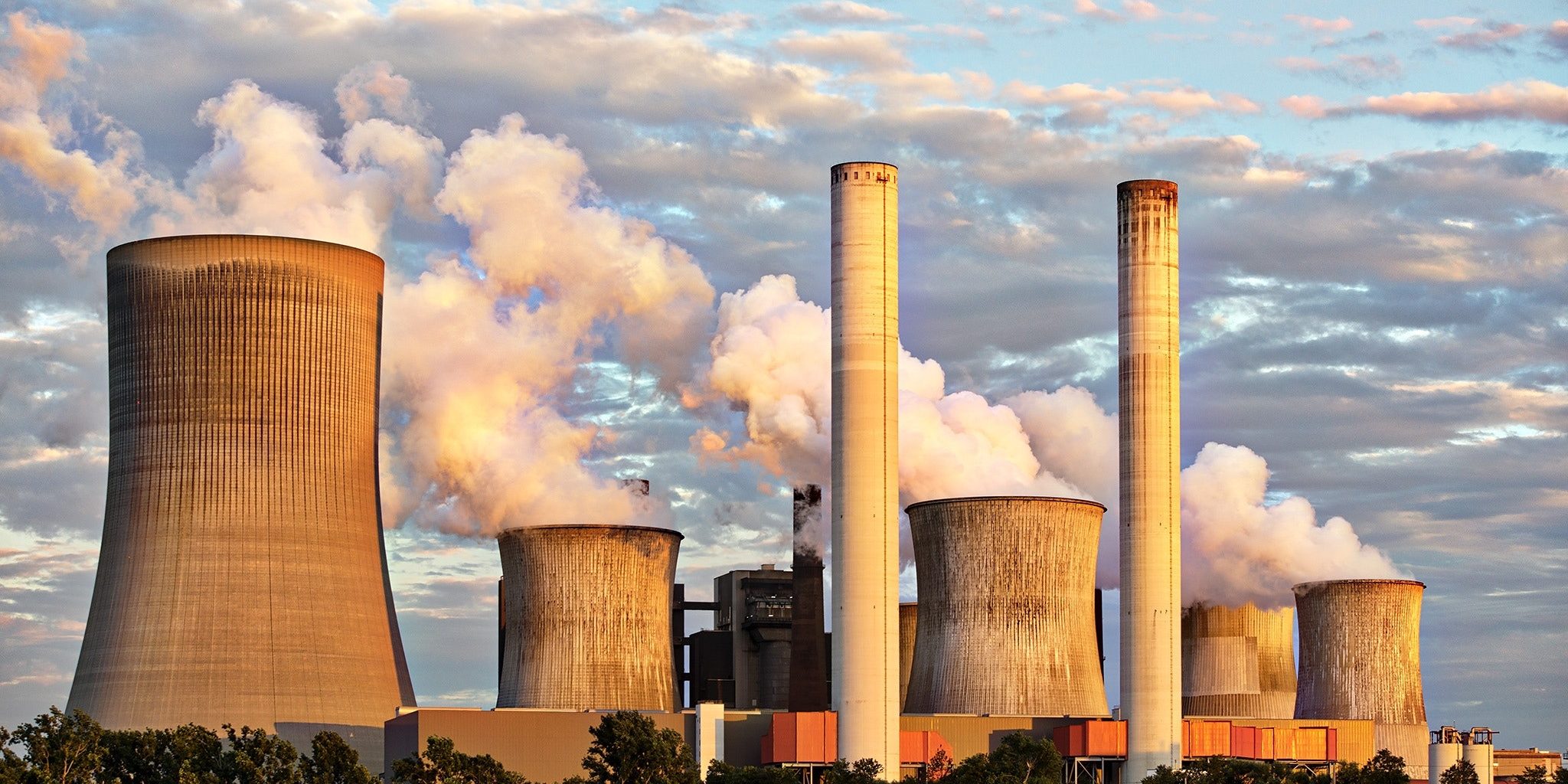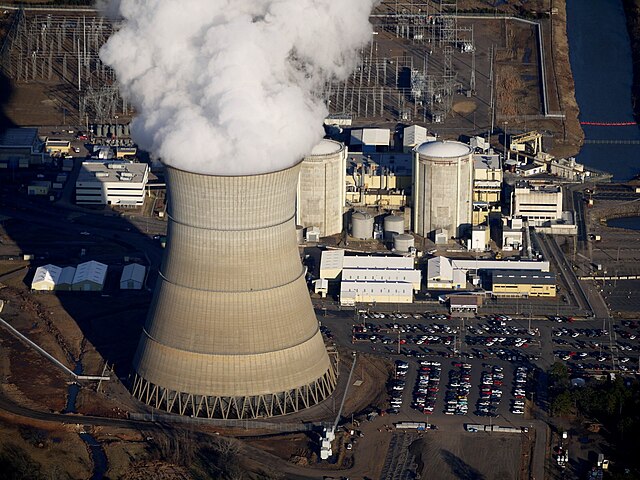Former US President, Barack Obama once said, “We are the first generation to feel the effect of climate change and the last generation who can do something about it.” Since the 19th century, the average global temperature has risen by over 2 degrees Fahrenheit. This number seems small but in reality, this increase in temperature has had countless unprecedented effects on the entire world.
In the past decade alone, we have noticed extreme events such as ocean acidification, rise in sea levels, melting glaciers, and many other occurrences that could prove fatal for mankind. Fortunately for us, it is not too late to start fixing this global crisis, and one of the ways we could fix climate change is by switching to clean energy. One of the most efficient and reliable sources of clean energy is nuclear power, and the use of this energy could provide us with an effective solution for this global crisis.
Nuclear technology works by splitting atoms apart and creating massive amounts of energy. This process is called nuclear fission and is done using nuclear power reactors. Today, there are about 440 functioning nuclear reactors, and these reactors produce about 10% of the world’s electricity. Nuclear energy is also the world’s second-largest source of low-carbon power, accounting for about 28% of the total in 2019.
Nuclear energy is one of the most efficient energy sources and has the lowest carbon footprint while simultaneously producing massive energy. Along with that, nuclear power is the most reliable source of energy. Unlike other sources such as wind or solar energy, nuclear energy does not depend on external factors. Nuclear plants can operate 24/7 and produce electricity without relying on variables like wind, sunlight and other factors.
Over the years, the rate of climate change has been increasing at an alarming rate, and the main reason behind this is the steady inclination of carbon emissions. The year 2021, saw carbon emissions rise by 6% reaching a record high of 36.3 billion metric tons of CO2. This number alone shows that clean energy sources have become necessary for our survival, and we need to switch to cleaner energy sources to ensure humanity’s continuation. The current nuclear energy consumption already reduces over 555 million metric tons of emissions every year. This is a great indicator in regards to the potential of nuclear energy and shows that with further development of this technology, we can successfully combat climate change.
The majority of the energy used today is produced using fossil fuels. Ever since the Industrial Revolution, we have been using resources such as oil and natural gas to produce energy, but the extreme use of these products has led to the depletion of fossil fuel reserves all over the world. If we keep increasing our consumption, we are estimated to run out of these resources in the coming few decades. Unlike fossil fuels, nuclear energy is produced using uranium ore. Even though nuclear energy isn’t completely renewable, the uranium ores are estimated to last for the next 80 years. This can give us enough time to research other renewable energy sources and make discoveries in this field. As nuclear research continues, other products such as thorium, can be used to produce nuclear energy, making nuclear energy viable for much longer than 80 years.
Nuclear energy certainly has a lot of advantages, but some of its factors can make many people skeptical of this energy source. One of the biggest challenges of nuclear energy is radiation. As mentioned before, nuclear energy is produced using uranium ores and the mining and production of these ores can result in radioactive waste that is harmful to the environment. However, the transportation and mining of uranium ores is handled with extreme care, and the risk of radiation leakage is extremely low.
Not only that, but the chances of radiation through nuclear production are also much lower than radiation produced by coal plants around the world. Coal mining is much more hazardous and can destroy nearby ecosystems. This radiation risk makes many people fearful of using nuclear energy, which is why weighing the advantages and disadvantages of nuclear energy can help us better understand this energy source.
In conclusion, there is no doubt that climate change has become an extreme problem for humanity, and the most efficient way to combat it is by switching to clean energy sources. Nuclear power is a powerful energy source that can work in conjunction with other renewable sources such as solar and wind to reduce carbon emissions. It is high time that we start thinking about this planet’s future and start shaping a better and healthier world for future generations. As John F. Kerry once said, “Climate change is real. The science is compelling. And the longer we wait, the harder the problem will be to solve.” Clean energy sources such as nuclear energy can be the first step towards fighting climate change and ensuring that the upcoming generations have a beautiful world to grow up in.
Bibliography
“Advantages and Challenges of Nuclear Energy.” Energy.gov, Office of Nuclear Energy, 29 Mar. 2021, https://www.energy.gov/ne/articles/advantages-and-challenges-nuclear-energy.
“Climate Change Evidence: How Do We Know?” NASA, NASA, 8 Feb. 2022, https://climate.nasa.gov/evidence/.
“Nuclear Power in the World Today.” Nuclear Energy – World Nuclear Association, https://world-nuclear.org/information-library/current-and-future-generation/nuclear-power-in-the-world-today.aspx.
“The Pros & Cons of Nuclear Energy: Is It Safe?” Spring Power & Gas, 30 Apr. 2019, https://springpowerandgas.us/the-pros-cons-of-nuclear-energy-is-it-safe/.
“U.S. Energy Information Administration – EIA – Independent Statistics and Analysis.” Nuclear Power and the Environment – U.S. Energy Information Administration (EIA), https://www.eia.gov/energyexplained/nuclear/nuclear-power-and-the-environment.php.


